Physics of the Two-Stage Mechanical Oscillator
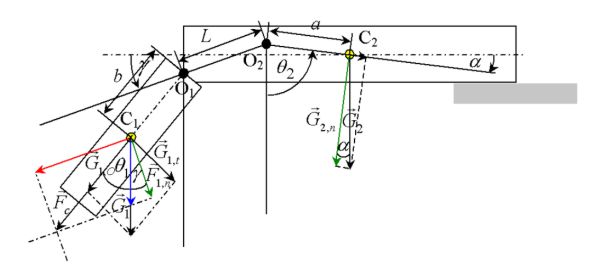
Scientific opinions
"This certainly ranks as one of the most important discoveries in science in the last 300 years..."
dr Peter Lindeman
"The double oscillator is also the best mechanical analogy of the alternating current, even better than Tesla's analogy..."
prof. Velimir Abramović, Ph.D.
"It is estimated that the input of gravity in the performance of biphase oscillator is around 80%..."
akademik prof. Bratislav Tošić
"I believe that the invention of Veljko Milković, the "Two-stage mechanical oscillator" is the greatest scientific discovery in the history of mankind, which has been experimentally proven in many places around the world. It is a discovery that changes the entire scientific paradigm of both physics itself and many other disciplines."
Slobodan Masanovic, B.Sc. Eng.
Theoretical analyses
The goal of this paper is to summarize the findings from previous papers along with some additional comments and also to answer two basic questions: how to construct an efficient Veljko Milkovic two-stage oscillator and how to measure the quotient of efficiency of the constructed oscillator. The goal of this paper is to explain all the facts about construction and measuring in order to facilitate other people’s efforts towards a replication embodying a high efficiency quotient.
In this paper, the author for the first time has identified centrifugal force as a source of over unity work under some conditions and also calculated maximal efficiency quotients of the machine. Problems which easy can undermine over unity behavior of machine were identified and solutions were proposed. Influence of length of pendulum and critical angle on machine efficiency were clearly explained and mathematically supported.
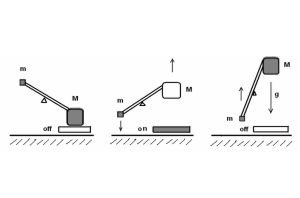
This paper is a presentation of simple theory of using conservative gravitational field as a fuel. In order to extract energy from conservative field, gravity shield effect is necessary. With proper usage of the shield, variable gravity field should be created in part of a system. Energy can be extracted only if difference in potential exists between two poles. The logic of this theory will also be used to explain two-stage mechanical oscillator of Veljko Milkovic and areas of its improvement.
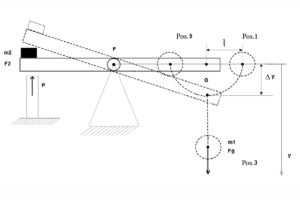
The goal of this paper is of to clarify some issues concerning two inventions of Serbian inventor Veljko Milkovic. The first invention is two-stage mechanical oscillator and second one is inertial propulsion cart. In this work the author will try to point out omissions in modeling the system, discuss issues with mechanical feedback loop, discuss some errors in measuring and re-calculate output energy done by Jovan Bebic, continue addressing issues started by Colin Gauld concerning Centrifugal force terminology and omission to use moment of inertia in formula for kinetic energy, challenge the first and third Newton's laws and confine the law of conservation of quantity of the movement of the system in analysis of inertial propulsion cart.
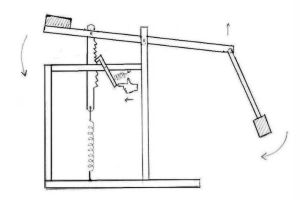
The goal of this paper is to share findings and problems in an attempt to close mechanical feedback loop for two stage mechanical oscillator of Veljko Milkovic. This work is a continuation of the work Keys of Understanding Gravity Machines of Veljko Milkovic with some additional insights after several attempts to finish the mechanical feedback loop. In this work, the author will try to point out omissions in modeling the system and suggest solutions, further discuss issues with mechanical feedback loops and explain the problem of passing energy to the pendulum.
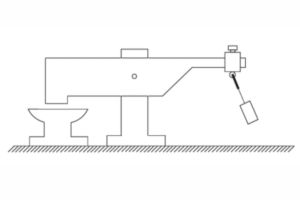
In this document I will show that Mr. Milkovic's two stage oscillator may be viewed as a damped parametric oscillator, and that pumping of energy from the driving, swinging pendulum is not a precedent in the world of physics, but rather, an expected effect due to a well-known phenomenon called parametric excitation, parametric resonance or parametric pumping. Consequently, a ready-set of modeling tools should be applicable to properly model the device. I propose that Mr. Milkovic’s invention belongs in a new category of devices called “Double-(fulcrum)-Bounded Parametric Oscillators.”
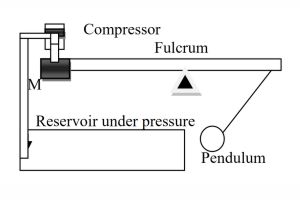
The purpose of this paper is to explain the functioning of two-stage and three-stage mechanical oscillator, i.e. to demonstrate the possibility of generation of excess energy in two-stage mechanical oscillator invented by academicianVeljko Milkovic. Compression of air would be proposed for potential application of two-stage and three-stage oscillators. The paper would discuss the dynamics of the body when gravitational forces actsupon it and the methods of obtaining the over unity..
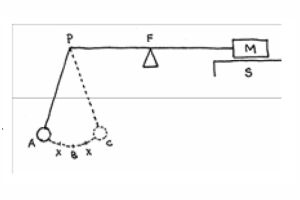
The goal of this paper is to disclose, compare and to superimpose the theoretical claims and laws in cases of simple pendulum, pendulum attached to free balanced lever and two-stage mechanical oscillator, in un utterly simplified manner. The conclusion of this simplified explaination of basic principles of pendulums is o keep the pendulum moving with the same amplitude, you need to put into the system the same amount of energy as that which has been lost or taken out, which basiclly is in line with the physics of two-stage mechanical oscillator.
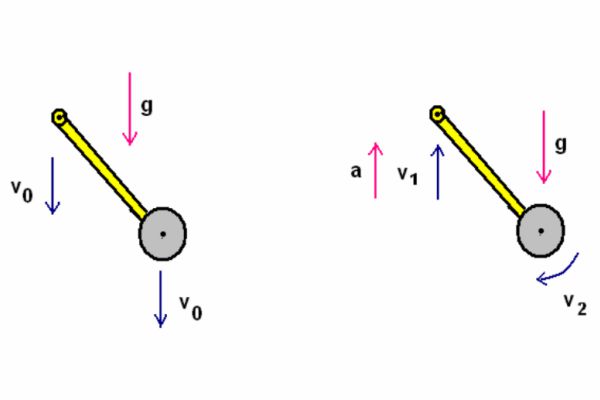
This is not the idea that defies the conservation of energy law.If it was the case, a serious researcher would first have to ask himself where the mistake is, before making any further steps in making the physical model.The question asked is not why the machine conceived in such a way cannot work as a perpetuum mobile. On the contrary. The question is why that is still possible, given the fact that energy conversion efficiency of the existing machine is obviously higher than one.
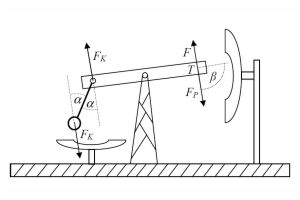
This study explains the effect of creating the free energy in the device made of: a) oscillating pendulum-lever system, b) system for initiating and maintaining the oscillation of the pendulum, and c) system which uses the energy of the device by damping the oscillation of the lever. Serbian inventor Veljko Milković has invented, patented and developed series of such machines based on two-stage oscillator for producing energy.
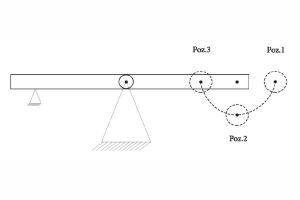
The goal of this paper is to try to explainthe energy surplus obvious in practice on all the models of a two-stage mechanical oscillator constructed by Veljko Milković.On the basis of existing laws of physics it has been tried to deduce mathematically and explain physically the fact that I have already personally proved several times in different experiments.This analysis has been inspired by a paper published by Jovan Bebić, therefore this work is at the same time the development and a complement of his work.
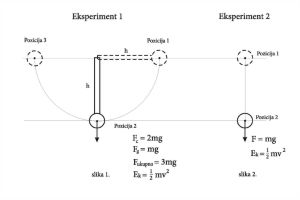
The goal of this analysis is to mathematically explain the obvious energy surplus in the operation of two-stage mechanical oscillator by Veljko Milković, while using physics formulas deducted from the energy conservation law. Deeper analysis and creation of the mathematical system model after the moment of starting the lever arm would not provide mathematical proof of the energy surplus because we would talk about the energy conservation law which is questioned by Milković’s two-stage mechanical oscillator both by layman and experts in the field of mechanics and physics.
Related theoretical papers
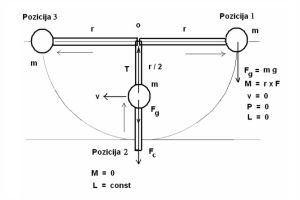
The goal of this work is to present mathematical and experimental proof of getting energy surplus or over-unity energy out of gravitational field by using pendulum as parametric oscillator. In this work author definitely proved that the law of conservation of energy is not valid where the law of conservation of angular momentum was valid. In this work the author will discuss: the law of conservation of angular momentum, principle of getting energy surplus out of pendulum which works as parametric oscillator, angular momentum and conflict with the law of conservation of total energy in orbits of central forces (gravitational, electrostatic, etc.), angular momentum and corruption of centrifugal force, experimental proof of increasing potential and kinetic energy in the same time when the law of conservation of angular momentum is valid.
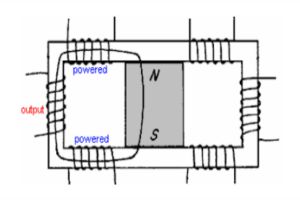
The goal of this work is to point out some important facts in construction of over-unity electro motors and generators, where output energy of the machine is greater than the mechanical energy invested on the input side of the machine. If some of the output energy of the generator is directed to the input side of the machine then perpetual motion can be achieved or perpetuum mobile. In this work the author will discuss: principle of using unbalanced magnetic forces for construction of over unity machines, principle of using movable magnetic shields for construction of over unity machines, possibility of using high speed rotors to generate voltage in the generator to avoid magnetic drag caused by Lenz’s law, methods of combining magnetic fluxes for construction of an over unity electromagnetic machine, failure of the law of thermodynamics in a case of kinetic energy balance of a river and logic of cosmic aether as energy source.
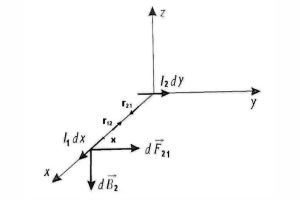
The goal of this work is to point out to some facts in the electromagnetic field concerning validity of Newton’s third law. Although it is a known fact in theory of magnetic field that Newton’s law of action and reaction is not valid for Ampere Force Law for two small elements it is valid for closed current circuits. However, it is neglected fact that the same problem exist for two electric charges moving perpendicular to each other. The significance of avoiding Newton’s third law is of utmost importance for construction of so called over-unity electro generators where the output energy of the machine is greater than mechanical energy invested on the input side of the machine.
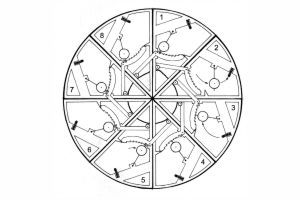
The purpose of this article is to put forward a new hypothesis on the possible design of Johann Bessler’s self-turning wheel. I wish it were possible to actually reconstruct Bessler’s working designs. Unfortunately, they are forever lost to the past. Even if someone came up with a working model, based on all the clues and reports, we would still have no way of knowing, for sure, that the new design was the same, or similar to Bessler’s designs, except by inference.
Mathematical analyses
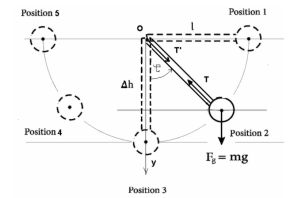
This paper will discuss two basic problems with mathematical models of the two stage mechanical oscillator of Veljko Milkovic; problem with dynamical usage of input energy and problems with soft connection between members of the system. The paper is written in order to describe the common problems scientists have in modeling this system and also the wrong conclusions that come out as the consequence of the usage of Lagrange’s equations which fail to describe all the facts correctly.
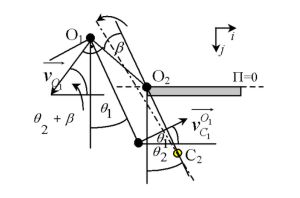
In this paper, results of the simulation of a double pendulum with a horizontal pad are presented. Pendulums are arranged in such a way that in the static equilibrium, small pendulum takes the vertical position, while the big pendulum is in a horizontal position and rests on the pad. Motion during one half oscillation is investigated. Impact of the big pendulum on the pad is considered to be ideally inelastic. Characteristic positions and angular velocities of both pendulums, as well as their energies at each instant of time are presented. Obtained results proved to be in accordance with the motion of the real physical system. Double pendulum with pad refers to the two-stage mechanical oscillator that is invented, patented and constructed by Serbian inventor Veljko Milkovic.
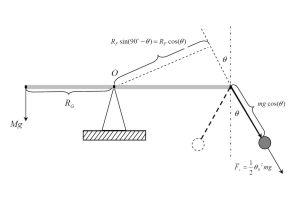
Two-armed lever has a weight on one arm, and the pendulum on the other, which is oscillating forcibly because of the additional force moment created by the swinging of the pendulum. “Gradual“ oscillations of the lever are also possible, but for the selection of the masses on lever arms and the selection of the force arm and the weight arm, there are no spontaneous oscillations. The first part will contain the theory of the mathematical pendulum, and then all the results will be used for the solution of the basic problem: oscillation of the lever due to the oscillation of the pendulum.









